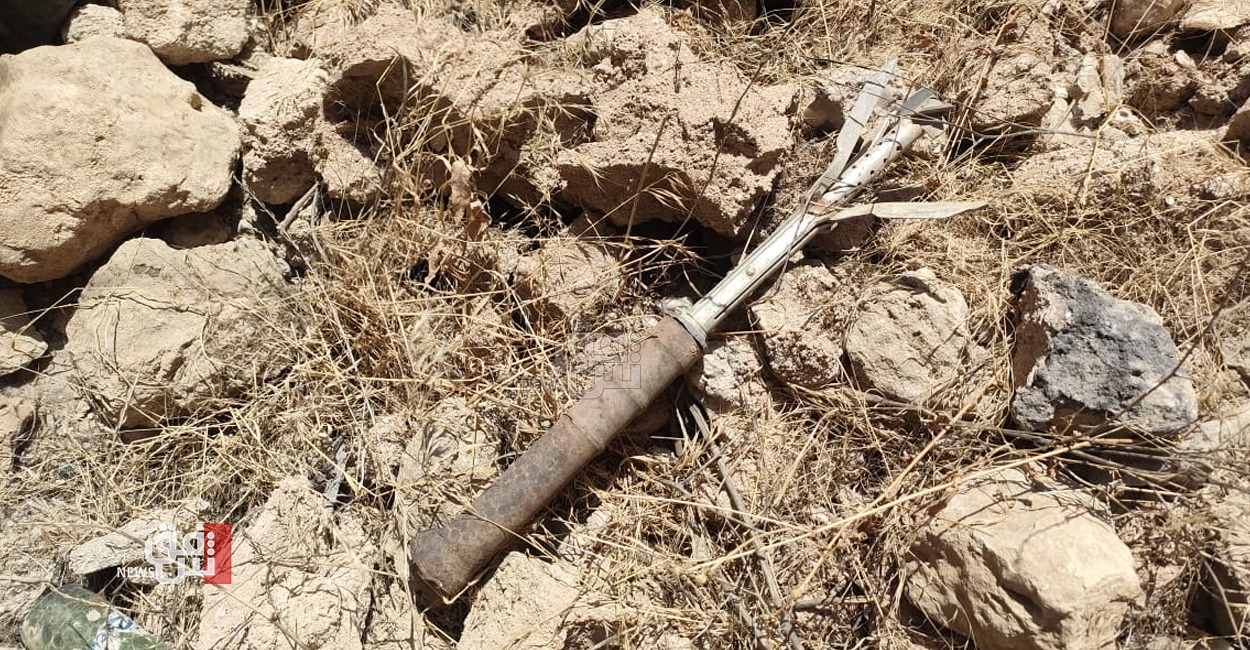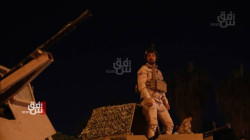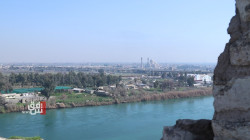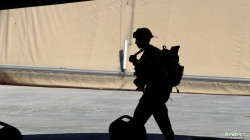Return to old Mosul: concerns amid war remnants

Shafaq News/ The old city of Mosul, once a bustling urban center, became a battleground in 2017 as Iraqi forces, supported by the Global Coalition, clashed fiercely with ISIS. This brutal conflict led to widespread devastation of infrastructure and homes. Despite ongoing reconstruction efforts and the return of many displaced residents, the city remains a dangerous place due to the remnants of mines and explosives left behind by ISIS. In a vengeful act, ISIS planted numerous improvised explosive devices (IEDs), even booby-trapping everyday items like stuffed toys and fridge doors, creating an enduring threat to civilian safety.
Anxiety and Fears
Weeks ago, Ahmed Saeed, 40, returned to his home in the Al-Sarjakhana area of old Mosul after years of displacement. Despite his happiness at returning, that joy was not complete. He discovered a war remnant near his house while cleaning the rubble. Saeed shared his worries with Shafaq News Agency, stating, "I fear for my children's safety when they play outside, especially after finding a shell among the rubble of a house. There may be other undiscovered dangers."
Residents like Saeed are not alone in fearing scattered war remnants. Old Mosul, in Nineveh governorate, still faces risks from unexploded mines and IEDs hidden in debris. Returning resident Ali Hussein told Shafaq News Agency, "We can't live a normal life. Children fear playing outside, and we fear something bad might happen at any moment. We hope that our area will be fully cleared soon so that we can live normally without fear or concern."
Salem Abd, another resident, expressed his anxiety, saying, "After returning from displacement, every step we take here feels risky. We live with constant fear of stumbling upon explosives." He added, "Despite more than seven years passing since the liberation of Mosul from ISIS, the rubble still stands in the city, undoubtedly concealing projectiles beneath it."
Cleanup Operations
In spite of extensive efforts by civil defense teams and security companies, mine and war remnants clearance remains ongoing in Mosul, Iraq's second-largest city. Civil defense teams diligently work to detect and remove mines from residential areas and roads, which is considered to be a challenging and hazardous task.
One team member anonymously stated to Shafaq News Agency, "Our work here demands extreme caution with every step. We frequently uncover more mines and explosive devices."
A report by the international organization "Humanity and Inclusion," which focuses on providing safety for affected populations worldwide, revealed that 8.5 million Iraqis are living amidst dangerous and deadly areas containing explosive remnants of war and improvised explosive devices (IEDs). The report highlighted that the cost of clearing mines from certain areas, particularly those with rubble like Mosul, is six times higher than in flat areas. As a result, Iraq needs to allocate approximately $180 million annually for mine clearance, including $50 million specifically for Mosul.
Warnings and Rising Heat
Warnings about mines still exist in some areas of Old Mosul, serving as constant reminders to residents and visitors of the ongoing risks. Despite years passing since the ISIS conflict ended, Nineveh governorate and Mosul have not yet completely cleared all mines. This issue is intensified by rising temperatures in Iraq, which increase the risks associated with war remnants. High heat can cause mines or unexploded ordnance to detonate, heightening the danger.
Despite the challenges posed by the remnants of war, ongoing efforts by civil defense and security teams provide hope for a safer future in Mosul. As these clearance operations continue, residents remain resilient, looking forward to the day when their neighborhoods are completely free from the threat of mines and explosives, allowing them to rebuild their lives without fear.





